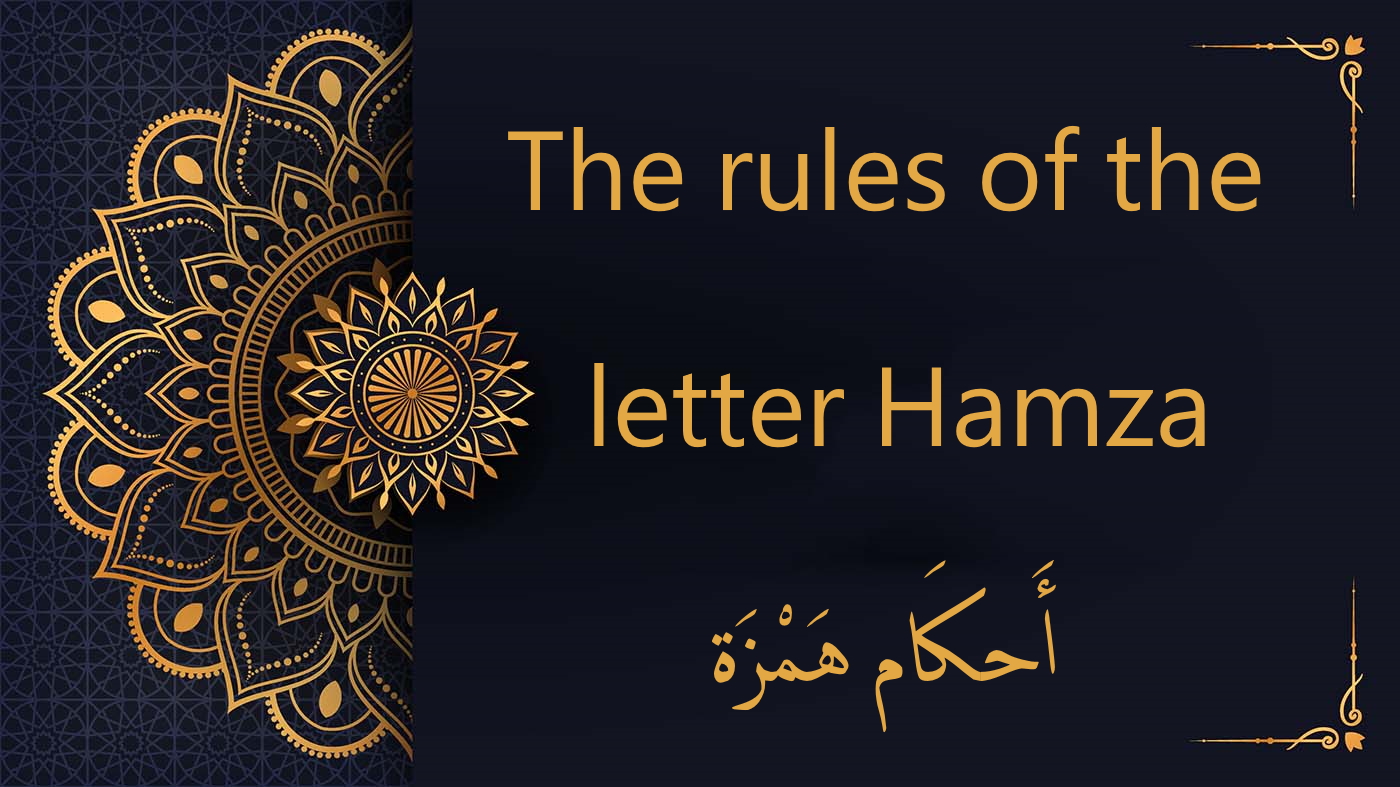Pronouncing Hamza in the Quran: Free Tajweed Rules Lesson

The Tajweed Rules of the Hamza Letter In the sacred text of the Holy Quran, the letter hamza (ء) manifests in two distinct forms: Hamza Al-Wasl: Unique in its application, Hamza Al-Wasl exclusively appears at the onset of words. Its pronunciation hinges on its position within a verse. When it stands at the commencement […]

